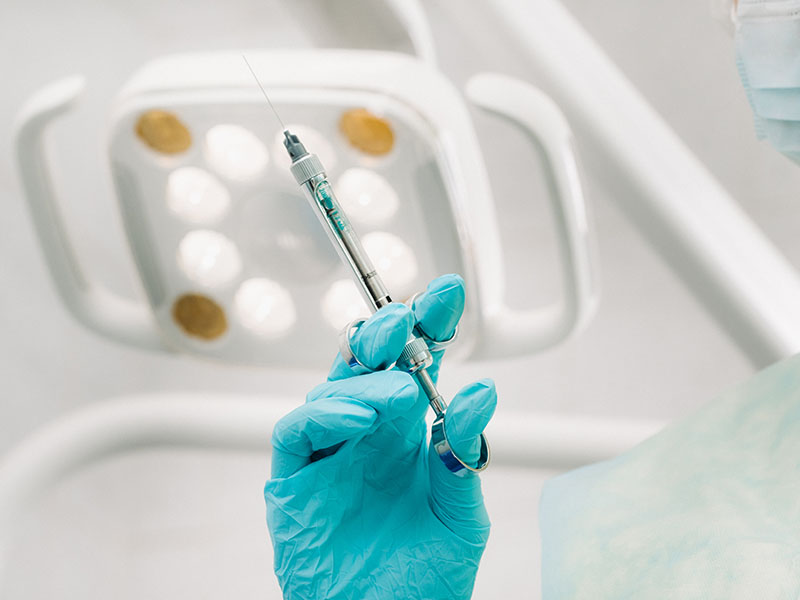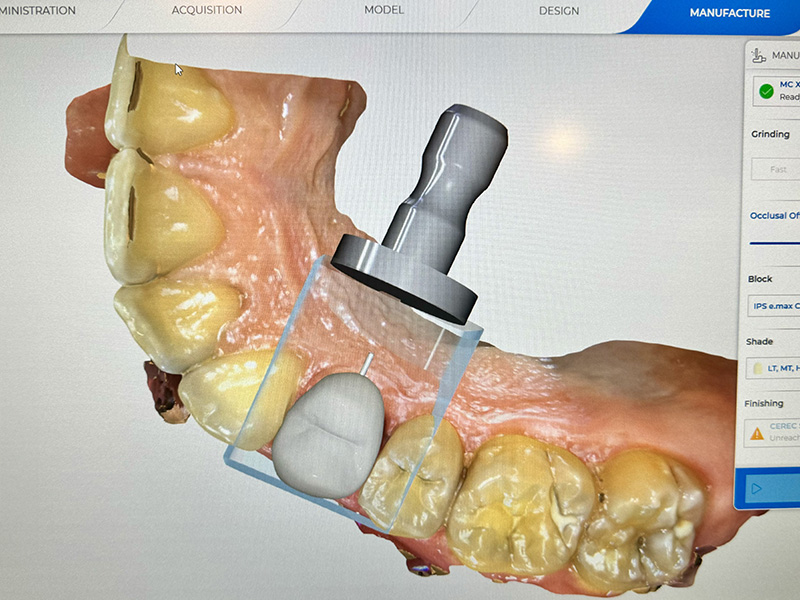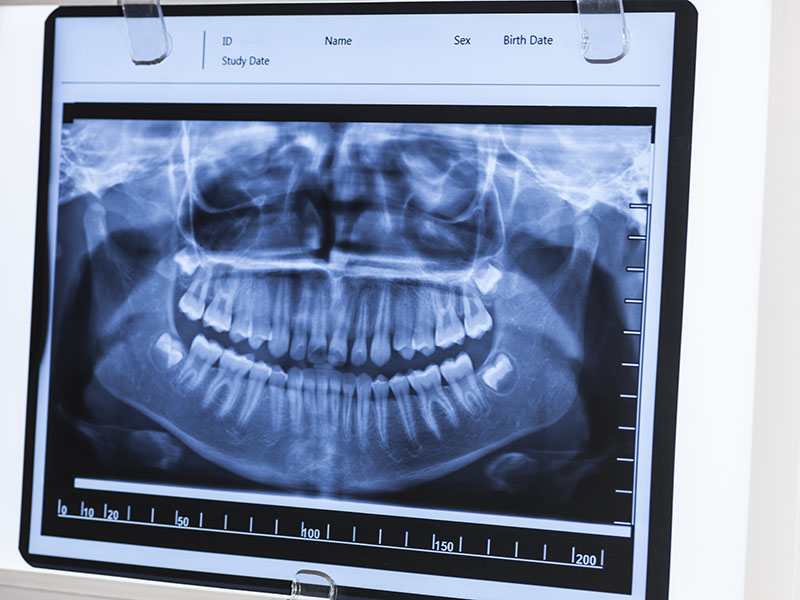Science of Buffering – Onpharma Company
The Onset Mixing Pen is a mixing pen that can buffer the anesthesia that is used for dental procedures. Local anesthetics are originally manufactured at a low (acidic) pH. After an injection of plain, unbuffered anesthesia, the body must raise the pH of the anesthetic closer to physiologic pH (7.4) before the patient can achieve complete anesthesia. This process keeps the patient and the dental professionals waiting while the patient’s body works to raise the pH and provide complete numbness.
Instead, the Onset mixing pen can buffer the local anesthetic to raise the pH of the anesthetic outside the body, which allows the local anesthetic to be quicker and more predictable. Onset instantly buffers the local anesthetic in the cartridge immediately before your dentist loads and administers. By using this method, it takes the patient’s physiology and extra waiting time out of the buffering process. To understand more, we must briefly discuss the science behind why this works.
The pH of the solution is important because it affects the way anesthetics work. Most anesthetics contain two forms of the anesthetic salt: the uncharged, or “active” free base form which can cross membranes; or the charged cationic form, which does not cross membranes well. The uncharged form attaches to receptors on the sodium channels once in the nerve, and results in a blockade of nerve conduction. It is a biochemical process that is important in creating clinical pain management.
Factors including acidity (lower pH) can cause more discomfort during anesthetic injections. It is generally accepted that by raising the pH toward physiologic pH, using buffered anesthetics is more comfortable as well. Experts have multiple theories as to why this may be. Some believe having more “active” forms is possibly less irritating to tissues, or the pain transmission is blocked almost instantly due to the molecules rapidly getting into the nerve. Additionally, water (H2O) and carbon dioxide (CO2) are created during the buffering. Others note that CO2 has independent anesthetic effects. Therefore, it makes sense that injecting pH-buffered anesthetic is more comfortable than injecting traditional non-buffered anesthetic.
Overall, the Onset Mixing Pen helps provide patients with more comfortable, more predictable, and quicker numbing for dental procedures. This will increase the efficiency of dental treatment and provide patients with better experiences. We are pleased to be able to improve dental experiences and provide this benefit to patients at Harmony Dental.



